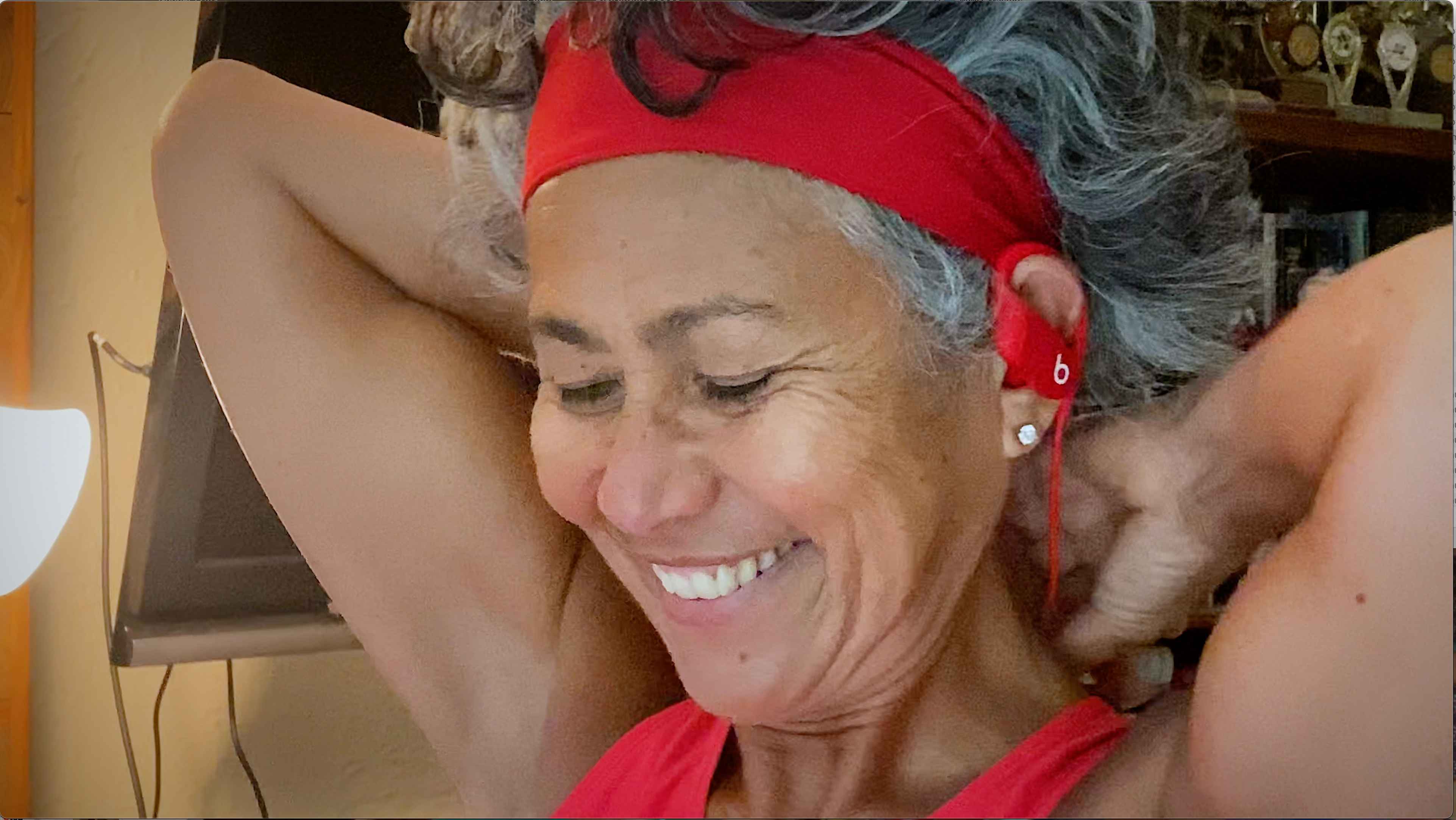
Women's Network PEI (WNPEI) is a not-for-profit organization based in the province of Prince Edward Island, Canada. We work to strengthen and support community efforts to improve the status of women in our society. Through our project work, we promote equality, using feminist analysis and practice, and address issues that affect women in our province. We provide a forum for the voices of PEI women and opportunities for women to realize power, knowledge, skills, abilities, vision and financial security. We also act as a referral service to help women find programs and services they may need.
News - Announcements - Events
.png)
Women's Network PEI Leadership Update
WNPEI Announces Executive Director Transition
Women’s Network PEI announces a leadership transition as Executive Director Jillian Kilfoil steps down after nine years to begin her new role as Executive Director of the PEI Rape and Sexual Assault Centre.
.png)
Celebrate Women 2025: WNPEI's Annual Fundraiser Event
Join us for an afternoon of entertainment and community!
This year's fundraiser event features Carlie Howell, Tanya Davis, Emilea May, Justyn Thyme, and Charles Ruth, with Jill MacIntyre as our emcee!

Why We Dance: Film Screening and Community Dance Event
See a Movie and Stay to Dance!
See the PEI premiere of this remarkable film diary from a web-based dance class of mostly women from their 40s to their 80s who come together during the Pandemic for comfort and stay together for joy.



